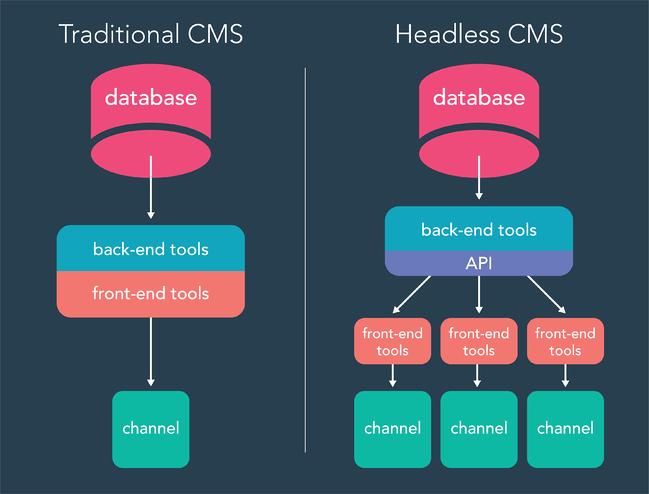Our Thoughts
Shopify vs Wordpress (Woocommerce) for eCommerce
We explore the differences between Shopify and Wordpress for developing your own eCommerce store.
If you're reading this, it's likely that you are either thinking about starting an eCommerce store or already have one and you're intrested in the comparison. We like to keep our posts short and snappy to focus on the important points that matter most.
Pricing

The comparison of price is a bit of a difficult one. Shopify offers different plans with a set monthly cost for your needs whereas WooCommerce will ultimately increase in cost as you get more traffic due to needed to either upgrade or completely change your hosting plan.
Both platforms allow you to choose different payment gateways and integration, which ultimately affects the final cost. However, if we compare the default payment gateways offered by Shopify and WooCommerce using Debit/Credit cards in the UK, we have:
Shopify Payments: 2.2% + 20p
WooCommerce Payments: 2.9% + 20p
Initially, it looks like Shopify walks away the winner in this battle for your respect - but wait! If you want to use a different payment gateway other than Shopify for payments on your store (such as Stripe, Klarna or Clearpay), you'll be paying an extra 2% per transaction if you're on the Basic plan.
If you're using the "Shopify" plan, which is the most common plan amongst Merchants - you'll only be paying an extra 1% on third party payments and you'll have your Shopify Payments fee reduced to 1.9% + 20p.
If you've not already noticed, Shopify isn't as straight forward with the pricing terms, where as WooCommerce has a great page of information regarding their own payment gateway fees. If you're super concerned about cashflow and want every penny to count, WooCommerce might just take the cake on this one. Shopify requires more of an initial investment whereas you can get started with WooCommerce on a "pay-as-you-go" basis.
If you'd like to investigate WooCommerce some more, you can sign up here: https://woocommerce.com/
If you'd like to give Shopify a shot with a free trial, you can sign up here: https://shopify.com
Simplicity
If you're the no-nonsense type and you just want to get started without bothering about hosting, maintenance, updates and scalability - then you should probably avoid the Wordpress world. Shopify offers an all-in-one suite and provides the hosting for you, included in their monthly plan. They have great uptime, fast page loads and servers across the world to serve your assets.
If you care a bit more about knowing exactly where you're spending your money and you want peace of mind knowing that you have control over the infrastructure of your eCommerce store, then having Wordpress hosted wherever you want is a nice solution. The benefit of choosing your host is that you can typically get free hosting or hosting for less than £5/month if you are expecting reasonably low traffic to your store to begin with. We'd personally recommend taking a look at AWS Lightsail to have a Wordpress installation that's relatively easy with a ton of potential to scale without too much hassle.
If you're using these platforms as a service, meaning that you are using Shopify or WooCommerce to host your storefronts, then it's good to know that both come with plenty of free "out of the box" themes that you can install and start modifying. Both platforms have a large community of developers so there's no shortage of technical support or themes being created.
You might be wondering why I'm suggesting that there's a way to not use the platforms to host your storefronts. I think it's time to introduce the rise of the Headless CMS. The concept grew in the CMS world but has started to spread to the world of eCommerce, with Shopify aggressively investing in developing tools to assist with using Shopify as a Headless eCommerce platform (Hydrogen and Oxygen).

The image above might look a bit messy if you don't mess around too much with terminology but all it essentially implies is that you can have the storefront seperate from the management system that you use for your products and orders.
Expansion
A large number of businesses continue to build their online presence by moving on to other platforms outside of the web. They might have iOS or Android apps, physical retail locations. Heck, they might even expand to games. A large part of expansion is support, you want to use a platform that's going to be with you all the way.
Retail

If you have retail locations that you want to integrate with your store - Shopify has a POS (Point of Sale) system that they support themselves with first-party support. It integrates seamlessly with your Shopify store. The price for having the POS integration is £69.99 per location per month. You'll still have to front the cost for a tablet, stand and card reader in most cases too. Shopify offer the stands and card readers on their Hardware Store but the cost to run the POS on Shopify is quite high when placed in comparison with other providers out there.
WooCommerce on the other hand, do not have a first-party integration but rely on their marketplace. The most commonly used integration appears to be Square, who are very established in the POS space. Square's pricing is much simpler than Shopify with no monthly fees. You can choose to buy a full pos station, an iPad stand or just a card reader. All you do then is pay 1.75% per transaction.
If you have a ton of foot traffic and you're getting a large number of payments regularly, the lower per-transaction cost of Shopify (1.7% - 1.5%) might be a little more appealing if you can break even the monthly subscription cost with the savings from the lower transaction fees. If you use Shopify Plus, then you don't even have to pay the monthly fees for POS. That's a no-brainer if you're splashing that kind of cash into the Shopify eco-system already.
We'd recommend WooCommerce POS for average foot traffic and Shopify POS for high foot traffic.
Apps and Games
If you want to build an app that integrates with your eCommerce storefront (maybe you want a delivery experience and more customer retention) or even integrate your store-front into a game, then you're not fully stuck in the mud.
Shopify offer a bunch of SDKs across different platforms. They have the Buy iOS and Buy Android SDKs if you're looking to expand to mobile apps.They even have a Unity SDK. SDKs are a great way to improve the development experience - but Shopify has a powerful API that you can realistically integrate with anything.
WooCommerce don't have any SDKs for alternative platforms. This means that creating an integration is typically going to take longer than Shopify for the same outcome. They do have a robust REST API allowing you to integrate with the store in most capacities.
Overall, Shopify gets our recommendation with this one. Allowing a full headless eCommerce experience across most platforms using first party libraries.
Conclusion
We believe that your business is unique and we're sure that you have your own preferences when it comes to managing it operationally. That's why, despite the title, we don't believe there's a clear winner here.
Generally, if you want to be more cost-effective and don't mind a pay-as-you-go model with higher payment fees, we'd recommend WooCommerce.
If you've already got a bunch of traffic and your cashflow can take the hit, we recommend going with Shopify.
Want to know more?
Let's have an initial consultation for no cost. You can either hit us up directly using the buttons below or fill in our contact form.